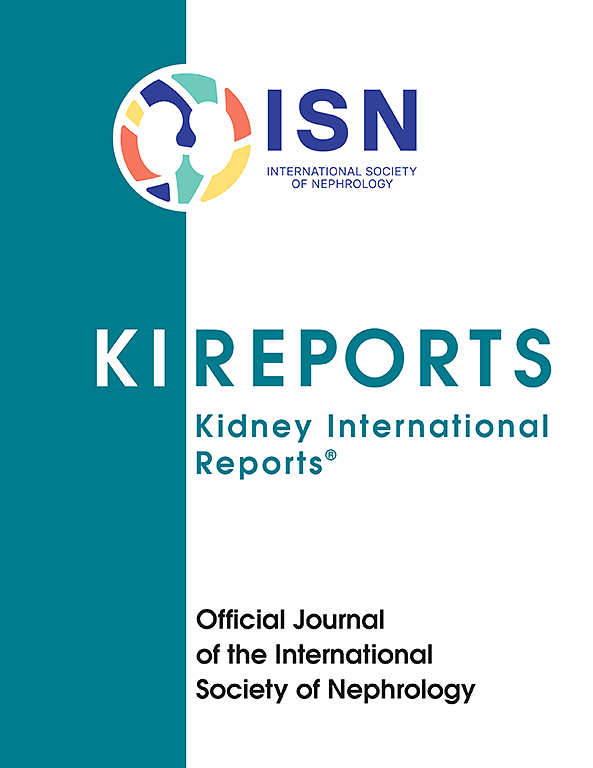The Role of Mitochondria in Diabetic Kidney Disease and Potential Therapeutic Targets
IF 5.7
2区 医学
Q1 UROLOGY & NEPHROLOGY
引用次数: 0
Abstract
Diabetic kidney disease (DKD) is recognized worldwide as a leading cause of end-stage renal failure. Although therapies that target glomerular hemodynamics and can inhibit disease progression have been developed, there is currently no fundamental cure for the disease. Mitochondria play an important role in cellular respiration, producing adenosine triphosphate (ATP) by oxidative phosphorylation, and are essential for renal function, especially in proximal tubular cells (PTCs). In diabetic conditions, maintaining mitochondrial health is vital for preserving renal function. Under diabetic conditions, excessive reactive oxygen species (ROS) can damage mitochondrial DNA (mtDNA), leading to renal dysfunction. Strategies targeting mitochondrial function, such as AMP-activated protein kinase (AMPK) activation and modulation of nitric oxide (NO) availability, are promising for suppressing diabetic nephropathy. The immune response to DKD, initiated by detecting damage- and pathogen-associated molecular patterns, has a significant impact on the progression of DKD, including leakage of mtDNA and RNA, leading to inflammation through various pathways. This contributes to renal impairment characterized by hyperfiltration, endothelial dysfunction, and albuminuria. Mitochondrial energy metabolism and dynamics induced by hyperglycemia precede the onset of albuminuria and histological changes in the kidneys. The increased mitochondrial fission and decreased fusion that occur under diabetic conditions result in ATP depletion and exacerbate cellular dysfunction. Therapeutic strategies focused on restoring mitochondrial function are promising for slowing the progression of DKD and reduce the adverse effects on renal function. Sodium-glucose cotransporter-2 inhibitors (SGLT2is) and glucagon-like peptide-1 (GLP-1) receptor agonists, already in clinical use, have been shown to be protective for mitochondria, and nuclear factor erythroid 2-related factor 2 (Nrf2) activation and mitochondrial dynamics are promising drug discovery targets for further research.
求助全文
约1分钟内获得全文
求助全文
来源期刊

Kidney International Reports
Medicine-Nephrology
CiteScore
7.70
自引率
3.30%
发文量
1578
审稿时长
8 weeks
期刊介绍:
Kidney International Reports, an official journal of the International Society of Nephrology, is a peer-reviewed, open access journal devoted to the publication of leading research and developments related to kidney disease. With the primary aim of contributing to improved care of patients with kidney disease, the journal will publish original clinical and select translational articles and educational content related to the pathogenesis, evaluation and management of acute and chronic kidney disease, end stage renal disease (including transplantation), acid-base, fluid and electrolyte disturbances and hypertension. Of particular interest are submissions related to clinical trials, epidemiology, systematic reviews (including meta-analyses) and outcomes research. The journal will also provide a platform for wider dissemination of national and regional guidelines as well as consensus meeting reports.
 求助内容:
求助内容: 应助结果提醒方式:
应助结果提醒方式:


